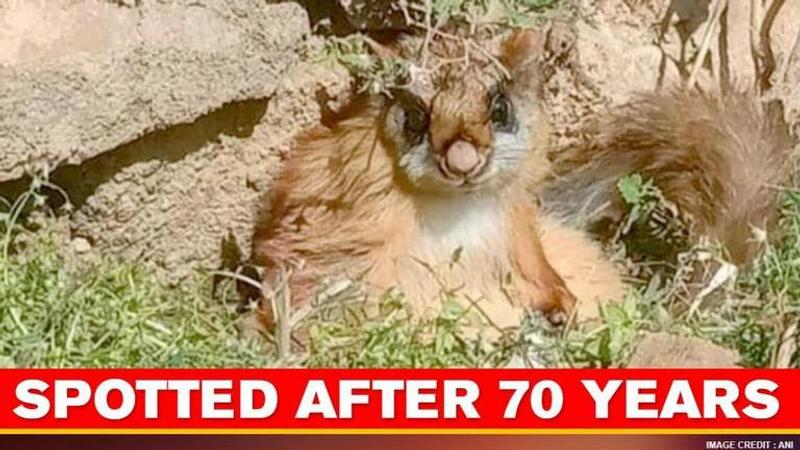Published 21:01 IST, August 17th 2020
Woolly flying squirrel, believed to be extinct, spotted in Gangotri National Park
The Woolly flying squirrel, which was believed to be extinct some seventy years back, was recently spotted at Gangotri National Park in Uttarakhand’s Uttarkashi

The Woolly flying squirrel, which was believed to be extinct some seventy years back, was recently spotted at Gangotri National Park in Uttarakhand’s Uttarkashi. The Forest Research Institute reportedly informed that the ‘extinct’ squirrels were in the International Union for the Conservation of Nature (IUCN) Red List. The institute, further, reportedly said that the Woolly flying squirrels use its claws as a parachute to fly.
FRI said, “The Woolly flying squirrel was considered extinct 70 years ago in the IUCN Red List. We spotted this squirrel in 13 of the 18 forest divisions of the state during a survey”.
The scientist of the Wildlife Institute of India, which is situated in Dehradun, also informed that this is not the first time that the flying squirrels were spotted. The officials reportedly said that pictures of the extinct species were captured in the Bhagirathi valley.
Longest member of squirrel family
The Woolly flying squirrels are believed to be the longest members of their family. It is also the biggest gliding animal known, however, observations confirm that despite its size, it glides effectively like other flying squirrels. As per reports, the species head-to-body length has been recorded to be 42-60 cm, tail length of 43-55 cm, and weight nearly 1.4 to 1.5 kg.
Scientists have noted that Woolly squirrels have unique cheek teeth as they have both, flat crowned and high crowned setting. Further, it was also noted that the squirrels also feed on very abrasive plat material, including pine needles. The animal has thick, grizzled pattern fur that gives the appearance of a woolly pelage, thus the name.
(With ANI inputs)
Updated 21:01 IST, August 17th 2020





